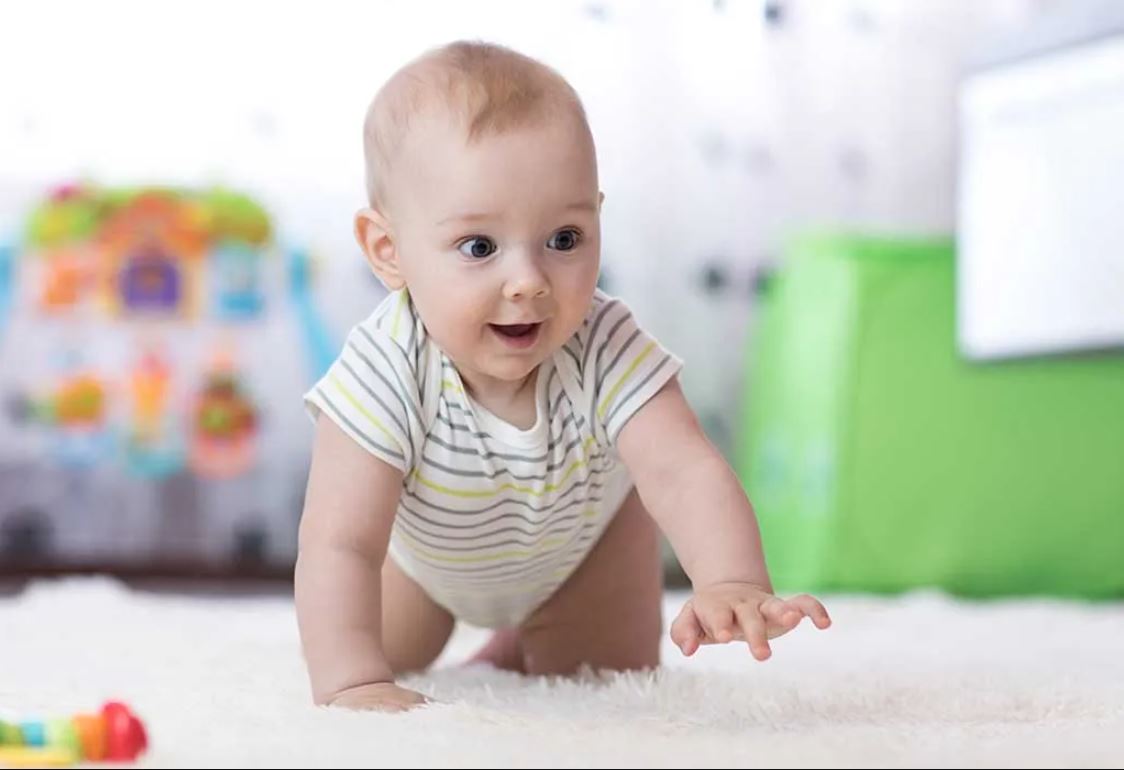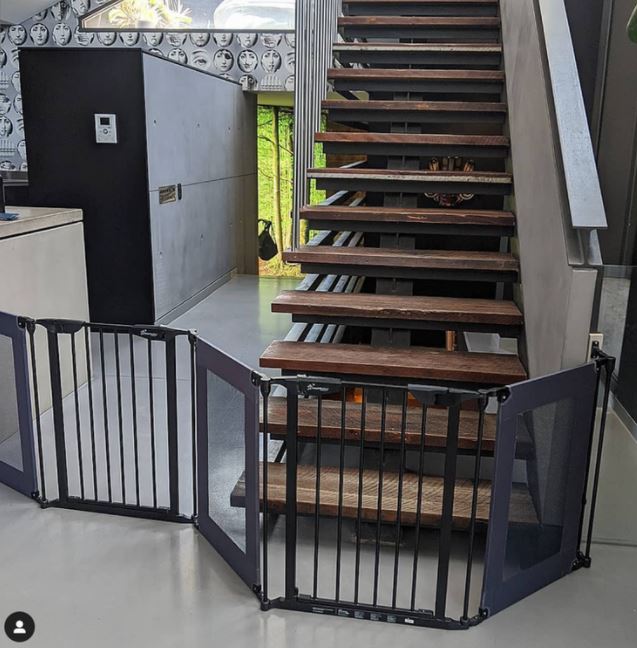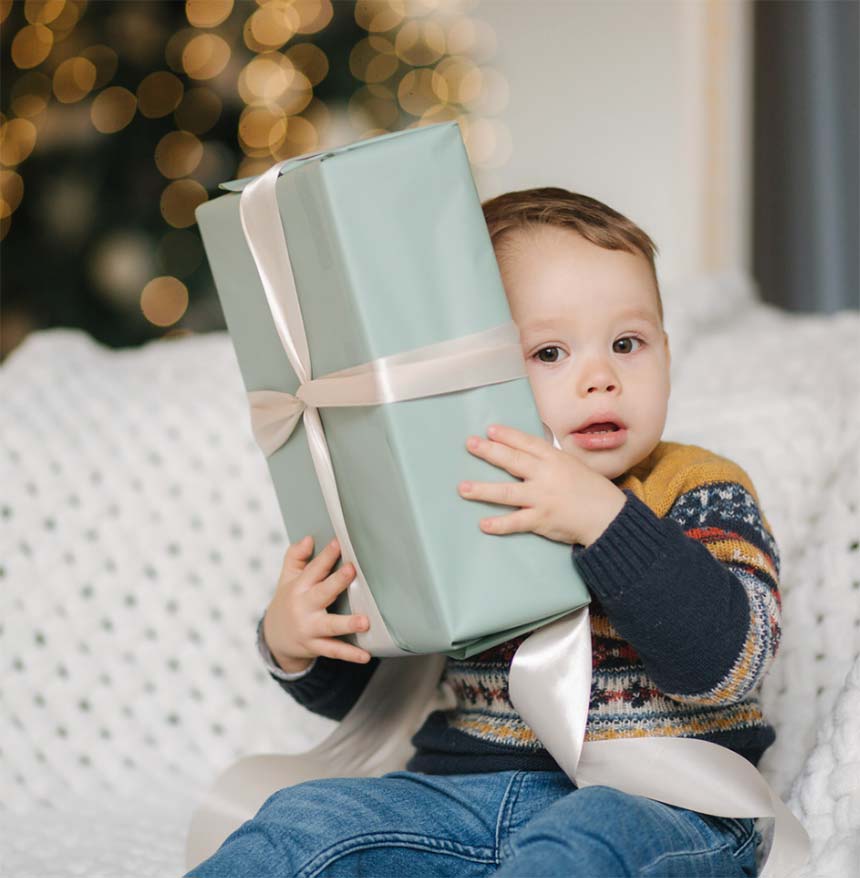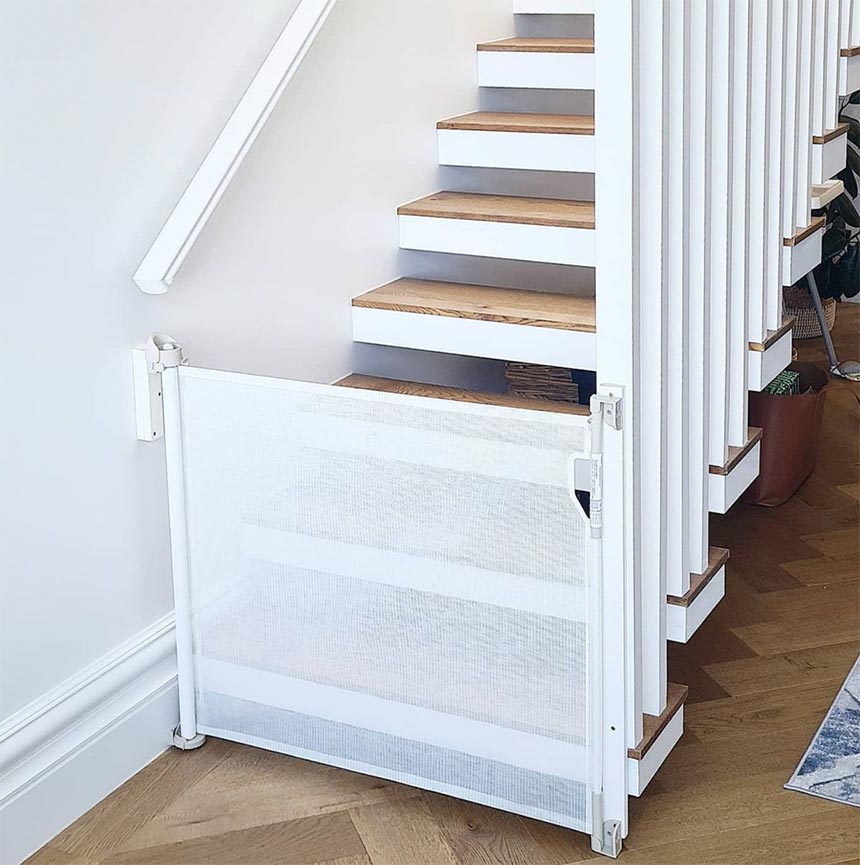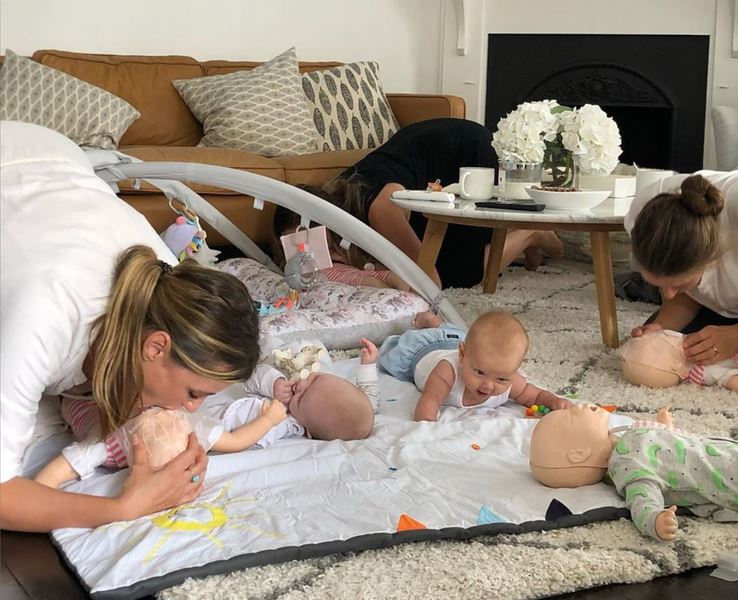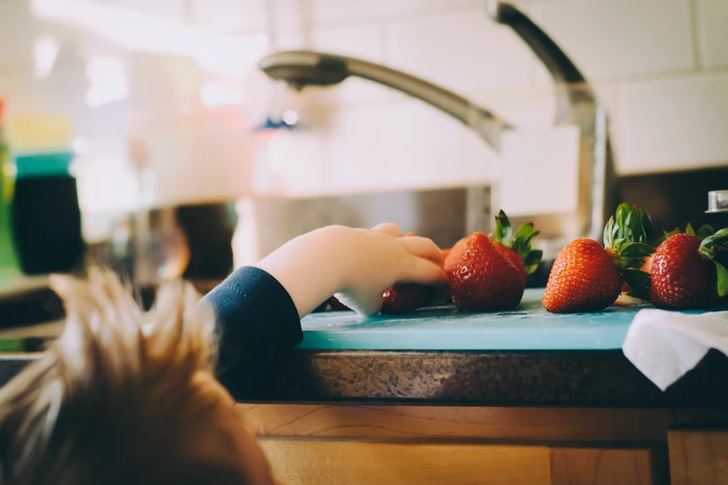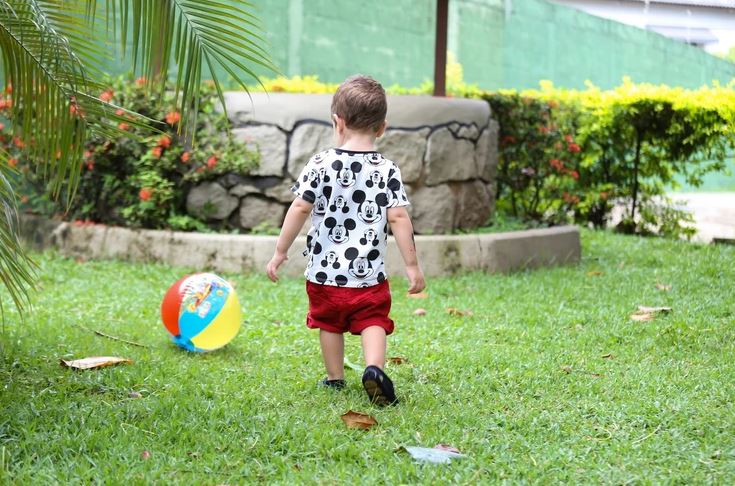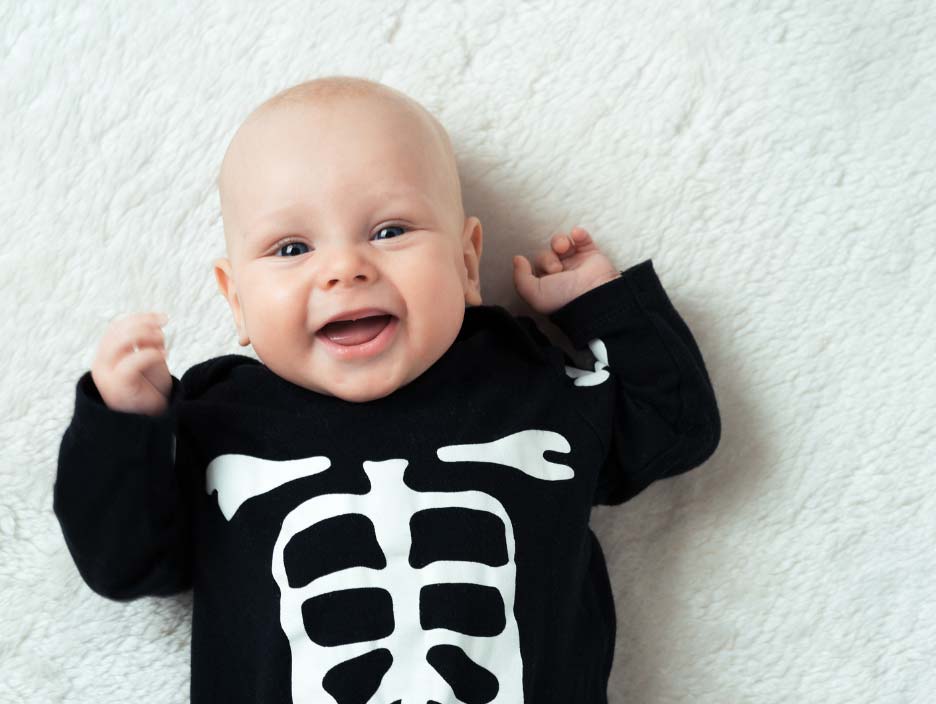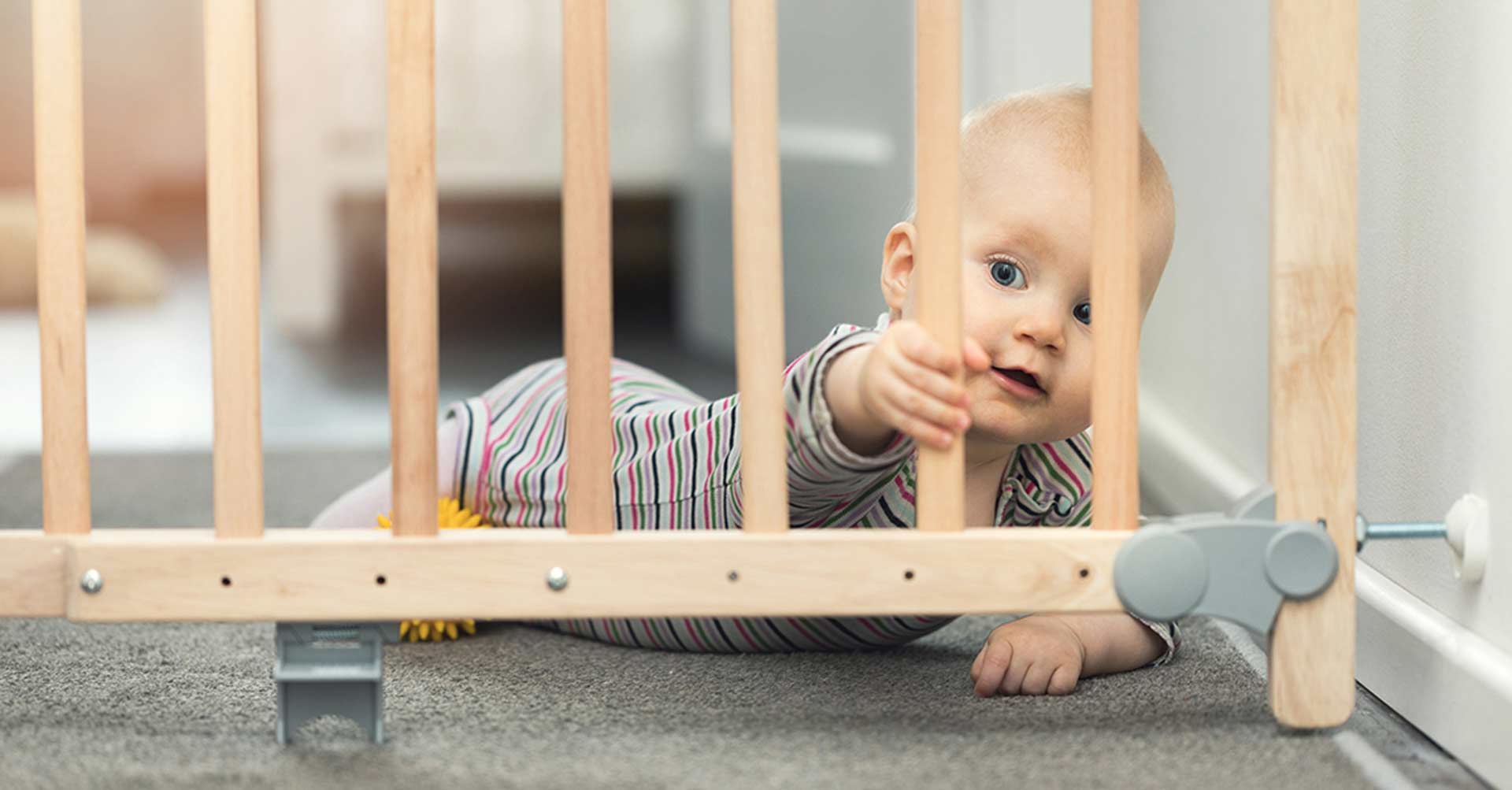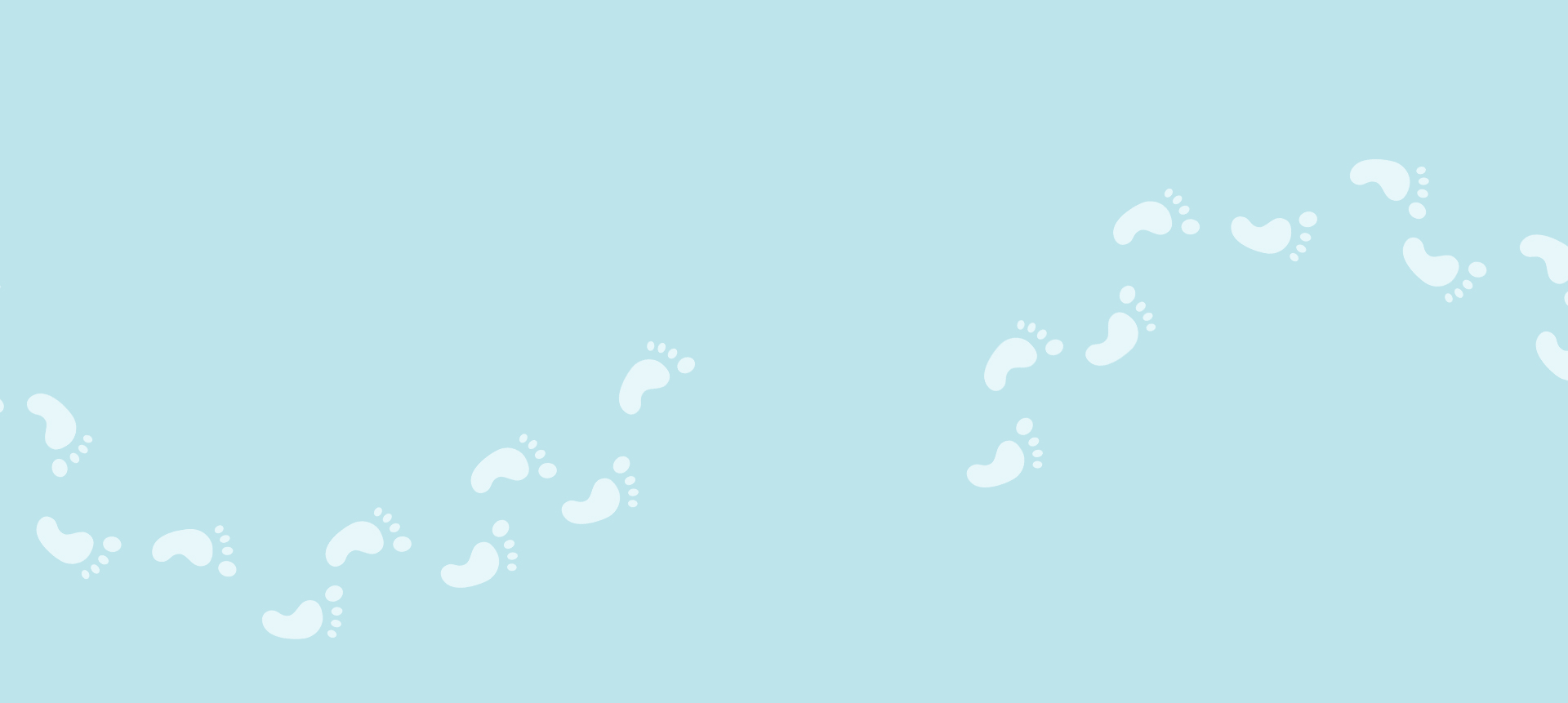Congratulations on your new rental property! As a renter with a curious little one on their hands, creating a safe environment for them to explore can feel like a challenge. While permanent installations might seem like they are not an option, you can implement a blend wall mounted and temporary baby safety solutions that will help keep your child safe. This guide will equip you with the knowledge and resources to transform your rental into a childproof haven, allowing your child to explore freely while giving you peace of mind.
General Safety Considerations for Renters
Before we delve into room-by-room childproofing tactics, let’s address some general considerations for renters in Australia, specifically New South Wales.
Communication is Key: Open communication with your landlord is crucial. Discuss your childproofing needs and get written permission for any modifications you plan to make. This protects you from potential security deposit deductions and ensures both you and your landlord are on the same page.
You are allowed to drill: In New South Wales (NSW), renters are allowed to make certain modifications to a rental property to enhance safety, particularly for child safety. Any modifications that involve drilling into walls, such as securing furniture for baby safety, require written permission from your landlord. However, landlords cannot unreasonably refuse consent for minor modifications aimed at safety. For detailed information, you can refer to the official guidelines provided by NSW Fair Trading.
Utilise Temporary Solutions where appropriate:
Thankfully, the childproofing market offers a wide range of temporary solutions that don’t require drilling or permanent installations. Look for adhesive childproof locks, pressure-mounted gates (remember to avoid installing them at the top of stairs) and furniture bumpers specifically designed for renters. These products are effective at keeping your child safe and can be easily removed when you move out.
Room-by-Room Childproofing Strategies
Now, let’s explore specific childproofing strategies for different rooms in your rental home:
Kitchen:
- Electrical Sockets: These pose a serious risk to curious fingers. Invest in tamper proof childproof plugs that completely block unused sockets.
- Cupboards and Drawers: These can hold cleaning supplies, medications, and sharp utensils – all hazards for young explorers. Use childproof locks specifically designed for cupboards and drawers. Adhesive options are perfect for renters. Popular brands include “Dreambaby” and “Baby Dan” Remember, childproofing isn’t just about door knob childproof locks, it’s about securing all potential hazards.
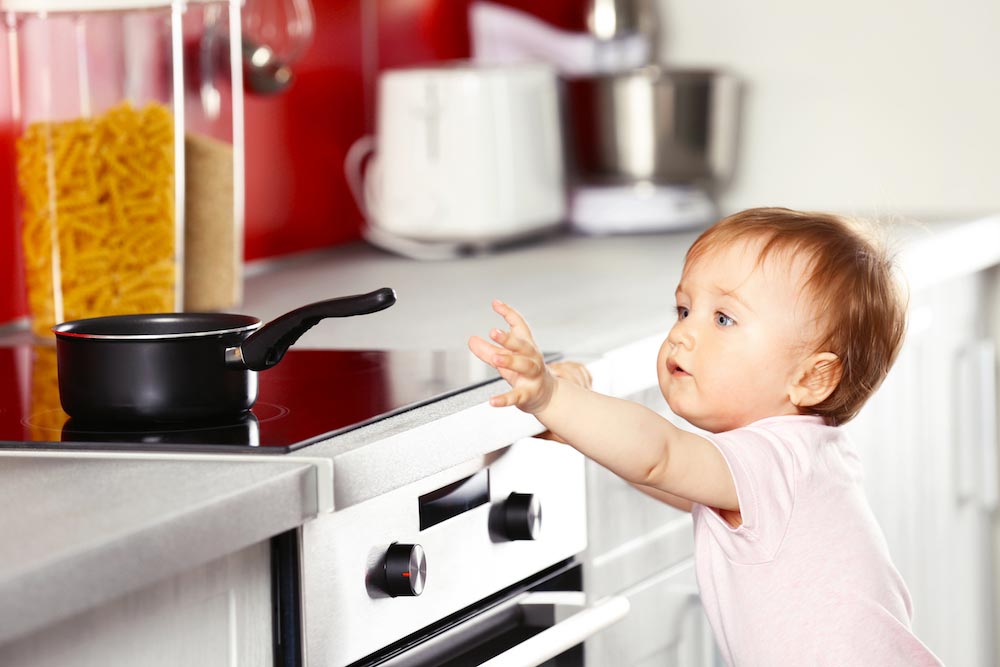
- Appliances: Consider a childproof lock for the fridge or a compatible dishwasher or oven lock if your appliance models have them. Additionally, secure heavy appliances like microwaves to the wall to prevent tipping.
- General Tips: Move cleaning supplies, hazardous chemicals and batteries to upper cupboards out of reach. Keep knives and sharp objects in a locked drawer. Remove small magnets from your fridge.
Living Room:
- Sharp Edges: Coffee tables, furniture corners and shelves pose a bumping hazard for curious toddlers. Invest in childproofing corners made of soft foam or rubber. These easily adhere to furniture edges, preventing bumps and bruises.
- Electrical Cords: Loose electrical cords are a choking and tripping hazard. Secure them behind furniture or use cable organisers. Teach children not to play with cords.
- Furniture: Anchor bookshelves, cabinets, televisions and heavy furniture to the wall using appropriate brackets and anchors. This prevents them from tipping over if a child climbs on them. Additionally, desirable items that a baby may want to reach and for from these pieces of furniture e.g toys, remote control
Bathroom:
- Cabinets: Bathroom cabinets often contain medications and toiletries, which can be harmful if ingested. Secure them with childproof cupboard locks and store up high.
- Taps: Hot water can cause burns. Install a tap cover to prevent children from turning the hot tap independently and ensure you run the tap to cool after each hot water use.
- Bath Safety: Use a non slip bath mat to prevent falls. For young children, consider using a bath seat for added support.
Bedrooms:
- Stairs: If your rental property has stairs, install child safety gates at the top and bottom. Wall mounted baby gates are the safest and are recommended at the top of stairs as pressure gates can become dislodged and have a bar at the bottom of the gate, increasing the risk of tripping. Pressure mounted gates are ideal for the bottom of stairs and doorways. These styles of temporary gates are desirable for renters as they don’t require drilling, yet be mindful that they can cause the paint to come off the wall. Look for brands like “Dream Baby” or “Baby Dan” for baby gate options.
- Beds: Use furniture bumpers on the corners of bed frames to prevent bumps. For toddlers transitioning to a toddler bed, consider a bed guard for added security.
- Furniture: Anchor heavy furniture in the bedroom e.g chest of drawers, bookshelves and free standing cupboards to prevent tip overs.
- Decorative items: Avoid hanging decorative items such as paintings, bunting or bed canopies above the cot or bed.
- Windows and Blinds: Move cribs away from windows and keep blind cords out of reach. Consider window restrictors that prevent windows from opening too wide.\
General Safety Tips – These additional tips apply throughout your home:
- Poisonous Plants: Keep houseplants that are toxic to children out of reach. Research common houseplants to identify any potential hazards.
- Smoke and Carbon Monoxide Detectors: Ensure you have functioning smoke detectors and carbon monoxide detectors installed in your home. Test them regularly according to the manufacturer’s instructions. Most states and territories in Australia have legislation mandating smoke detector installation in rental properties. You can find more information on the regulations in your state or territory through government websites.
- Teach Your Child: As your child grows and explores, educate them about safety hazards. Use simple language and explain why certain things are off limits.
Additional Resources:
The Kidsafe website offers a wealth of information on child safety in Australia, including a section dedicated to childproofing your home.
The Australian Competition and Consumer Commission (ACCC) provides information on product safety regulations, including childproofing products.


